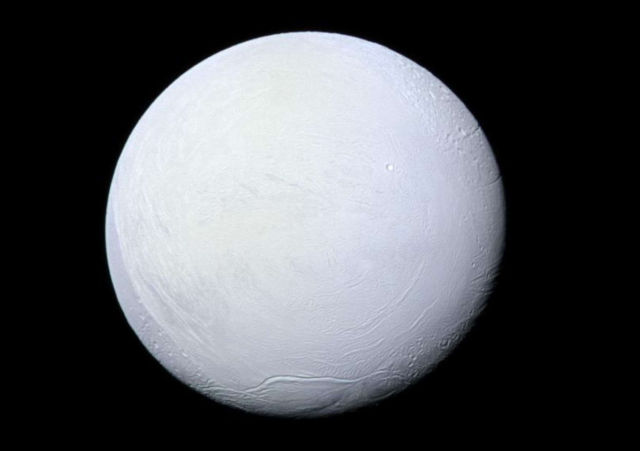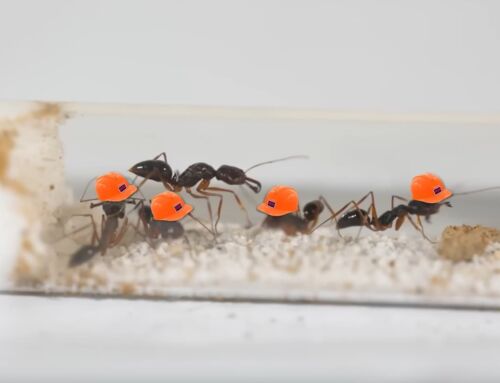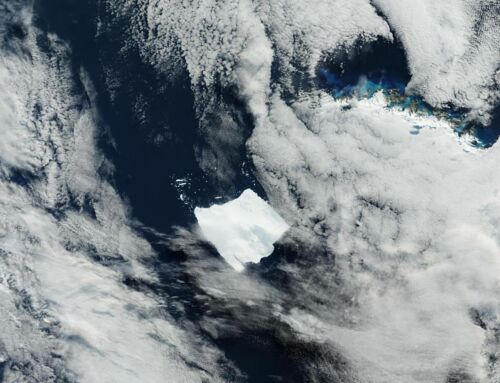New ‘Snowball Earth‘ theory could change how we understand climate in our planet.
Scientists from The University of Texas at Austin and UT Dallas have put forward a hypothesis that links the dawn of plate tectonics with “snowball Earth”—a period of climate change that sent the planet into a deep freeze that lasted millions of years.
Above, during Earth’s “snowball” phase, it may have resembled Enceladus, a snow and ice covered moon of Saturn. Credit NASA
They expect their hypothesis to generate controversy. Geologists usually place the start of plate tectonics at about 3 billion years ago, while the new hypothesis puts the process in a much younger era known as the Neoproterozoic, which occurred about 542 million to 1 billion years ago.
Co-author Nathaniel Miller, a research scientist in the Department of Geological Sciences at the UT Austin Jackson School of Geosciences, said:
“If you look at the preserved record, diagnostic evidence for modern plate tectonics involving deep subduction is mainly Neoproterozoic and younger. But most people think we had this much earlier in Earth history.”
Miller and Robert Stern, a professor in the UT Dallas Department of Geosciences, examined a suite of published scientific data on the geological activity during the Neoproterozoic—the era of snowball Earth—and found a link between plate tectonics and a cooling world.
The research was published in the April edition of the journal Terra Nova.
source UT Austin






Leave A Comment